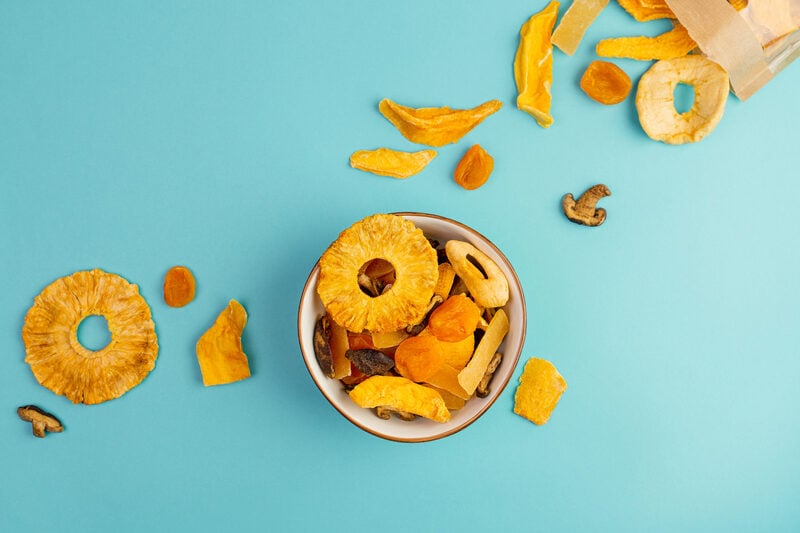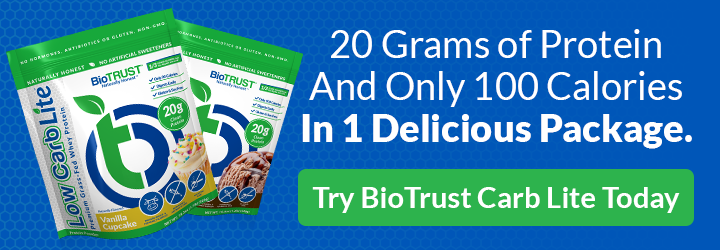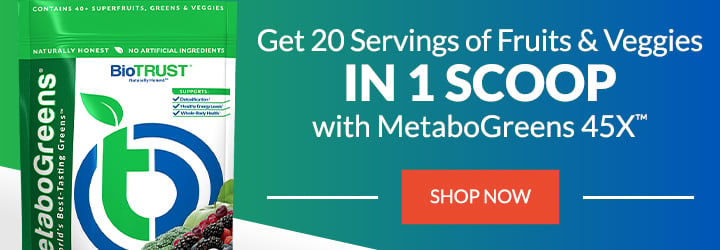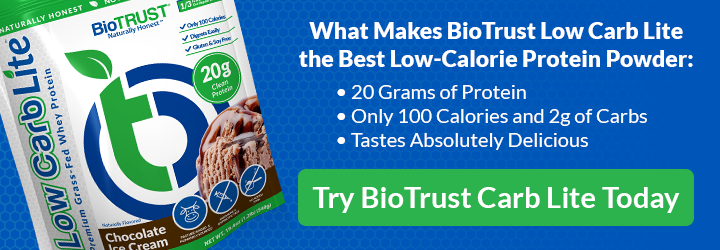15 Healthy Processed Foods You Should Be Eating

We’ve all heard the refrain that to be healthy, we need to focus on eating more nutrient-rich whole foods and avoid or limit foods that have been processed. Interestingly, though, most of the foods we eat are processed in one way or another. A bag of mixed greens, for instance, has been chopped, triple-washed, and placed in a bag. Bagged beans have been separated and dried. Nuts are often shelled and sometimes roasted. In other words, processed foods aren’t inherently unhealthy. And many healthy processed foods deserve a prominent place in our diets.
Processing, according to the Department of Agriculture (USDA) and the Institute of Food Technologists, includes any foods that have been changed from their natural state, which can include:
- Canning
- Chopping
- Cleaning
- Fermenting
- Heating
- Microwaving
- Mixing
- Pasteurizing
- Storing
- Washing
- Or other procedures that change the food from its natural state. This can also include adding other ingredients, including flavors, nutrients, preservatives, etc.
So, almost all the foods we eat have been processed to some degree. Even a fresh fruit or vegetable has been picked and hopefully washed before it’s consumed, even if it’s directly from the garden. That’s why many nutritionists, dietitians, and other experts now clarify that there are healthy processed foods.
Of course, there are also foods that are highly or ultra-processed that should be limited, like refined sugars, grains, and oils. These foods aren’t just processed. They’re fundamentally altered and often have added ingredients that are more chemical than food in nature. For instance, sugar found within a sweet berry is vastly different from the white powder that’s used to make a pastry or dissolved in liquid with additional dyes, preservatives, and artificial flavors to make a soda.
On the other hand, there are some healthy processed foods that have ingredients, such as fibers, vitamins and minerals, or even spices, added to improve not only the taste but the nutrient-density of the food. Some processing can make a healthy food more convenient or time-saving (e.g., bagged leafy greens, cooked and canned beans) or to make it last longer or be safer by helping prevent spoilage (e.g., pasteurized milk or vacuum-packed fish or meats). Some processed vegetables may even be healthier than fresh versions. For instance, flash-frozen vegetables tend to contain higher levels of vitamin C than fresh if not directly picked from the garden.
Not all categories of foods are all good or all bad. Choosing the best foods for our diets can often take a nuanced approach that allows—and even encourages—healthy processed foods while understanding others may need to be limited to reach our health goals. For example, many highly processed foods have too much sodium, especially for people who already have health concerns, or unhealthy levels of refined oils or sugars. Others contain chemicals that have been found to disrupt healthy gut bacteria or even increase the risk of disease.
How to Choose Healthy Processed Foods
Unfortunately, even with the list above, you still want to be cautious when choosing which processed foods to include in your diet. To help ensure the food is truly a good addition to your diet, you must know the different categories of processing, including:
- Minimally processed, which have been only slightly altered, such as by cleaning and removing unwanted parts, and includes fresh fruits and vegetables, whole grains, nuts, meats, and milk.
- Processed culinary ingredients, which have been pressed, ground, or milled and are typically included as an ingredient rather than eaten on their own (e.g., extra virgin olive oil or whole grain flours).
- Processed foods, which are often foods made with ingredients in the above two categories, potentially with added sugar, salt, or fats. This category may also include cheeses, fresh-made bread, or canned beans or fish.
- Ultra-processed foods, which go beyond simple processing to add extra salts, preservatives, colors, flavors, etc. to change the stability, texture, palatability, etc., and need little to no additional preparation before consumption. Common examples include sodas, crackers, cereals, frozen dinners, and sausages.
Some other tips to determine healthy processed foods include:
- Check the food labels—watch for foods that have excess sodium, sugars, or refined fats. Some seemingly similar foods can also be listed in different categories on the list above depending on how they’re produced. For instance, plain Greek yogurt may be considered a healthy processed food whereas flavored yogurts (from raspberry to salted caramel) are often considered ultra-processed. Peanut butter made with just peanuts is a minimally processed food. Yet many popular peanut butters have numerous added ingredients like sugar, hydrogenated oils, and salt, making them ultra-processed.
- Enjoy canned or frozen produce that doesn’t have added sauces or syrups. (Many contain one single ingredient.)
- Prepare more foods at home, so you know exactly what’s in your meals, rather than depending too much on prepared foods from restaurants or the freezer section.
- Don’t forget snacks. Many are ultra-processed chips, crackers, or others that are loaded with unhealthy additives. Instead, choose cut-up fruits and veggies, minimally processed nuts or seeds, or air-popped popcorn, which are all just as convenient as something in a bag but don’t come with the unhealthy baggage.
15 Healthy Processed Foods
Now that you know what to look for, it’s time to get into specific healthy processed foods.
1. Plain Yogurt
Plain yogurt, which is a rich source of protein, vitamin B12, calcium, and gut-healthy probiotics. If you prefer a sweeter yogurt, add your own fruit and a bit of sweetener like honey, maple syrup, or stevia.
2. Frozen Fruits and Vegetables
Frozen vegetables and fruits, which retain most and sometimes more nutrients than their fresh counterparts. Plus, they’re easier to store for longer, so you always have a healthy option to add to the menu.
3. Tomato Sauce
Canned or frozen tomato sauce, which is also higher in lycopene, a nutrient that’s been shown to help reduce the risk of cancer. Do, however, watch for tomato sauces that have a lot of added sugar or sodium.
4. Fermented Vegetables
Fermented vegetables, like sauerkraut, kimchi, and pickles, are some of the few sources of natural probiotics to support a happy, healthy gut. They’re also nutrient-rich and loaded with vitamins like A and C. Plus, fermented vegetables have been found to support a healthy weight and a balanced immune system.
5. Canned Beans
Canned beans are much faster and more convenient than cooking dried beans. Beans are also a good source of quality protein and fiber, especially resistant starch. Just watch for the addition of sodium or other preservatives.
6. Some Milk Alternatives
Unsweetened milk alternatives made from almond, coconut, or hemp, etc. made with just a nut or seed with filtered water rather than versions that have added gums or other unnecessary ingredients. Some, however, are fortified with healthy ingredients, such as calcium or vitamin D.
LIMITED TIME OFFER: Get Ageless Turmeric, Our Highly-Bioavailable Turmeric & Ginger Supplement, As Low As $14
7. Sprouted Breads
Sprouted bread, like Ezekiel or Dave’s Killer, provides different grains and legumes that are high in satiating fiber as well as protein.
8. Nut Butters
Nut butter can be high in calories. But it’s also a good source of fiber and healthy fats. Just remember to read the label carefully and choose butters made with only one ingredient: nuts, rather than those with added refined oils and sugars. And stick to a single serving to avoid over-consuming calories.
9. String cheese
String cheese is a highly portable and convenient on-the-go high-protein, calcium-rich snack that’s low in sugar and contains minimal extra ingredients.
10. Cottage Cheese
Cottage cheese is another protein- and calcium-rich food that’s also low in calories.
11. Jerky
Meat or fish jerky that’s made with just the meat, salt, and spices is another convenient, protein-rich snack. It’s also an excellent source of B vitamins, iron, and zinc. Do, however, keep portion sizes in check as jerky is also high in sodium.
12. Miso
Miso is made by fermenting soybean paste. It’s often made into a tasty Japanese soup. With minimal calories, it’s high in vitamins and minerals as well as gut-healthy probiotics. (Natto is another healthy processed food from Japan worth adding to the menu.)
13. Salsa
Salsa makes almost anything better. It’s also rich in nutrients like vitamin C and lycopene as well as flavor from the tomatoes, peppers, and garlic. And it’s typically very low in calories.
14. Stocks
Stock made from vegetables, beef, or chicken is a time-saving base for not only soups and stews but many other types of recipes. Those made with bones are also a good source of collagen. While stock isn’t as nutrient-dense as you may expect, it’s a simple way to increase the flavor level of almost any dish without adding many calories or other additives.
15. Whey Protein
Whey protein is considered a superfood for good reason. It’s one of the best sources of fast-digesting proteins and has even been found to help boost exercise performance and promote healthy aging.
Healthy Processed Foods: A Wrap-Up
Making healthy nutritional choices isn’t always black and white. Despite the negative press, processed foods aren’t always to blame for the increased rates of obesity, high blood pressure, and diabetes. While reducing the amount of ultra-processed foods is a positive choice, processed foods can and often should be included in a healthy diet. Now, you’re armed with the knowledge of some of the best ones to add to your next grocery list! Just remember to read the labels and ingredients to ensure the food is a healthy processed food and not one that’s ultra-processed.








